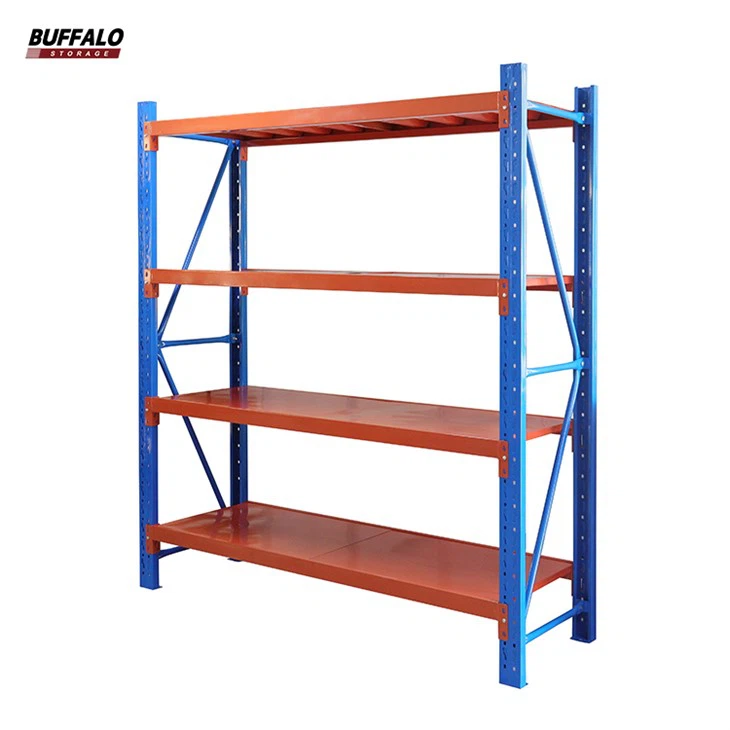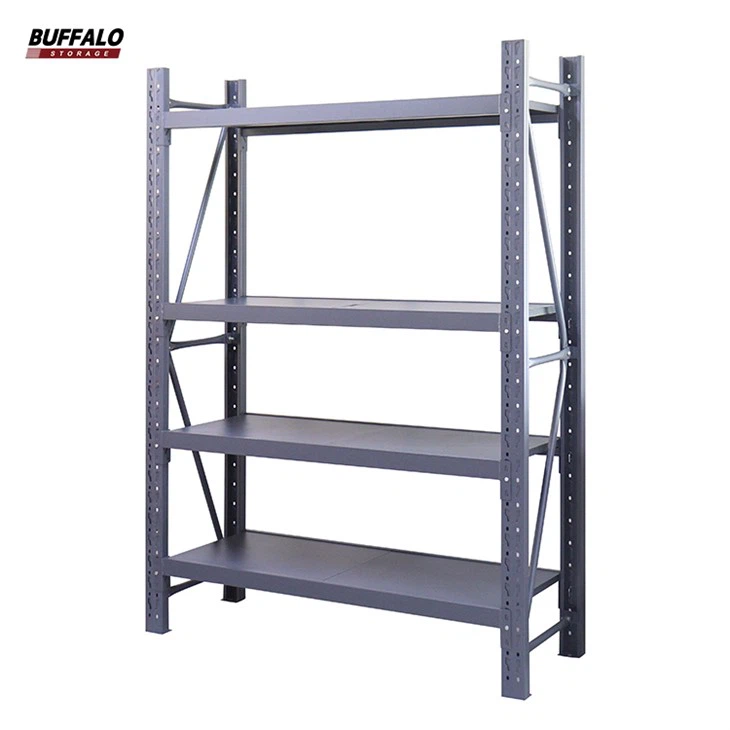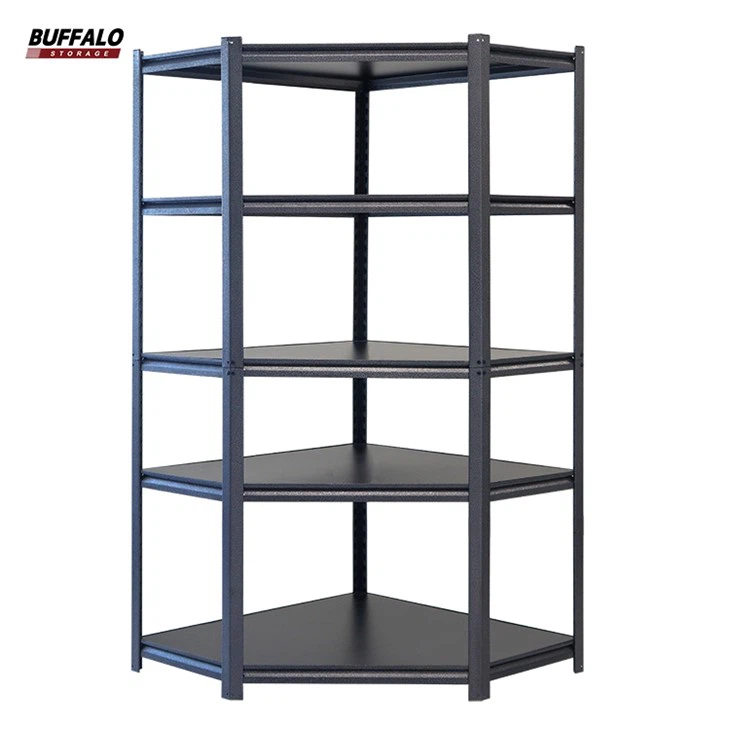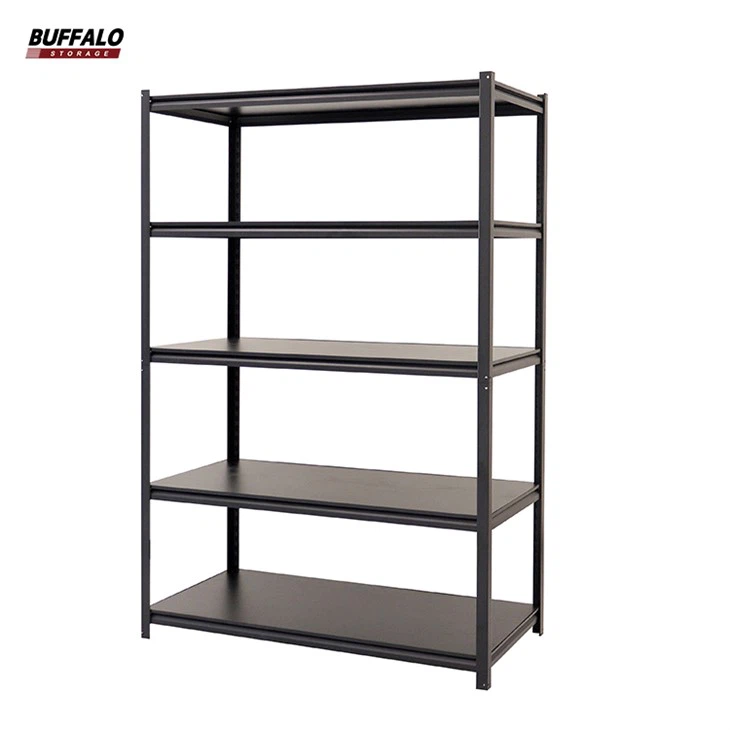When it comes to storage solutions, boltless rivet shelving has become a popular choice for many businesses and individuals. Its versatility, ease of assembly, and durability make it a practical choice for organizing and storing a variety of items. But have you ever wondered when boltless rivet racking first appeared and how it has evolved over time? In this blog, we’ll take a closer look at the history and evolution of boltless rivet racking.
The concept of boltless rivet shelving was born in the early 20th century
The concept of boltless rivet racking dates back to the early 20th century, when industrialization and the need for efficient storage solutions began to emerge. Traditional racking systems often require a complex assembly process and use bolts and nuts, making installation time-consuming and laborious. As a result, there is a growing need for more direct and cost-effective alternatives.
The invention of rivets led to the invention of boltless rivet shelving
The first iteration of boltless rivet shelves can be attributed to the invention of rivets, fasteners that can be easily inserted into pre-punched holes without the need for additional hardware. This innovation revolutionized the way racking systems were constructed, paving the way for the development of boltless rivet racking as we know it today.
The concept of boltless rivet racking gained traction in the 1950s as manufacturers began exploring ways to simplify the assembly process and improve the overall strength and stability of racking units. This led to the introduction of steel rivet shelves, which feature interlocking components that allow for easy assembly without the use of bolts or screws.
The development of boltless rivet shelving marked an important milestone in the 1970s with the introduction of adjustable shelving systems. This innovation allows users to customize rack heights and configurations to meet various storage needs. The ability to adjust shelving units without the use of tools makes boltless rivet shelving more versatile and user-friendly.
Iterative update of boltless rivet rack
As the demand for more durable storage solutions continues to grow, manufacturers are exploring new materials and design concepts to enhance the strength and load-carrying capacity of boltless rivet racks. This led to the development of heavy-duty rivet racking, which can support heavier loads and withstand the rigors of industrial environments.
In recent years, advances in manufacturing technology have further refined the design and construction of boltless rivet racking, resulting in more durable and versatile racking solutions. The use of high-quality steel and advanced welding technology significantly improves the overall strength and stability of the boltless rivet rack, making it ideal for a wide range of applications.
Today, boltless rivet racking is available in a variety of configurations, including single-rivet, dual-rivet, and triple-rivet designs, each offering different levels of strength and load-bearing capacity. Additionally, the availability of accessories such as wire decks, dividers, and storage bins further extends the versatility and functionality of boltless rivet racks, making them suitable for storing everything from small parts to bulky items.
In short, the development of boltless rivet shelves is driven by continuous innovation and improvement. Boltless rivet shelving has come a long way from its origins as a simple yet revolutionary fastening system to its current status as a versatile and durable storage solution. As technology continues to advance, we expect to see further enhancements and improvements that will continue to enhance the capabilities of bolt-rivet racking, ensuring it remains the choice for efficient, reliable storage for years to come.





